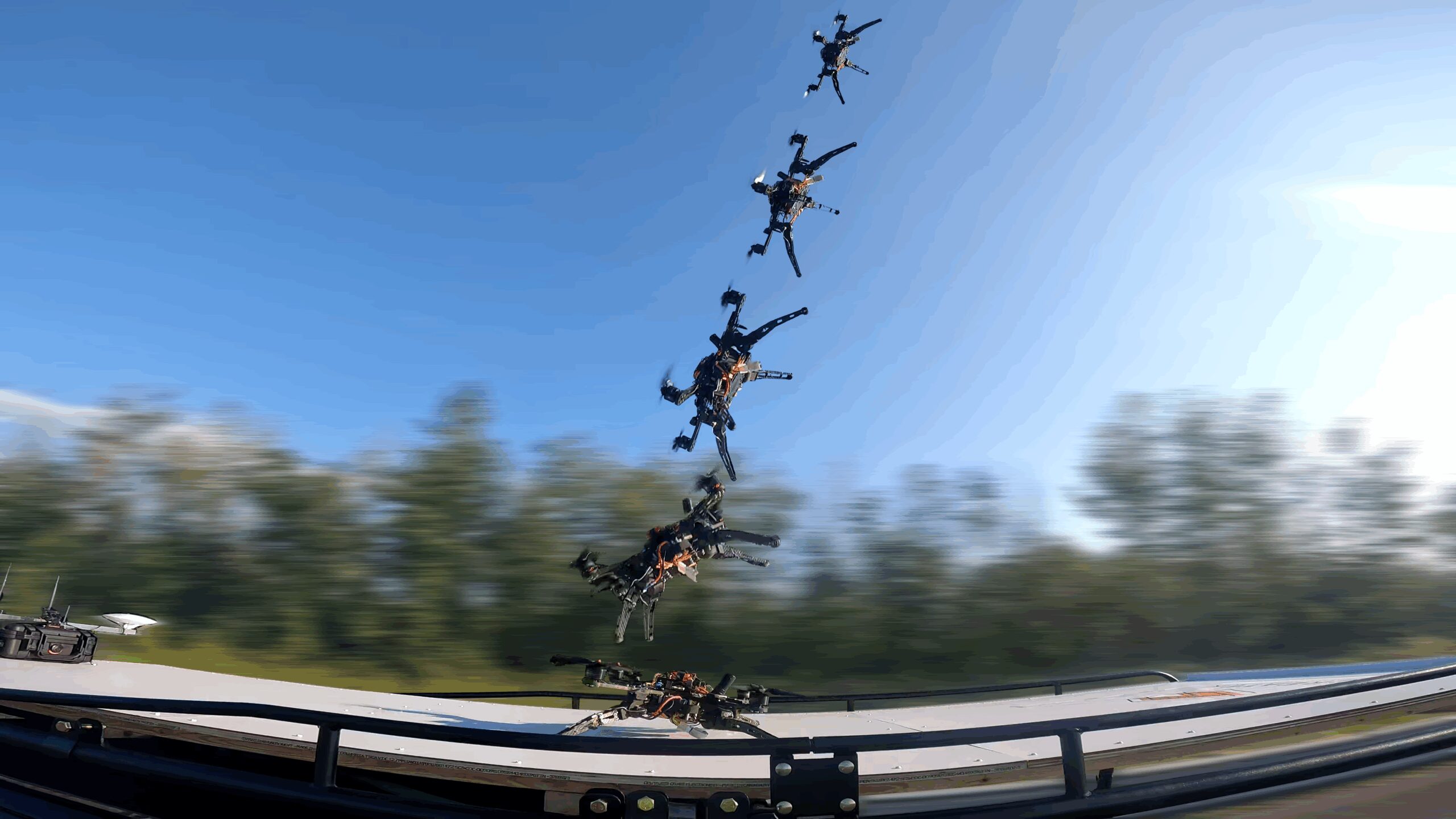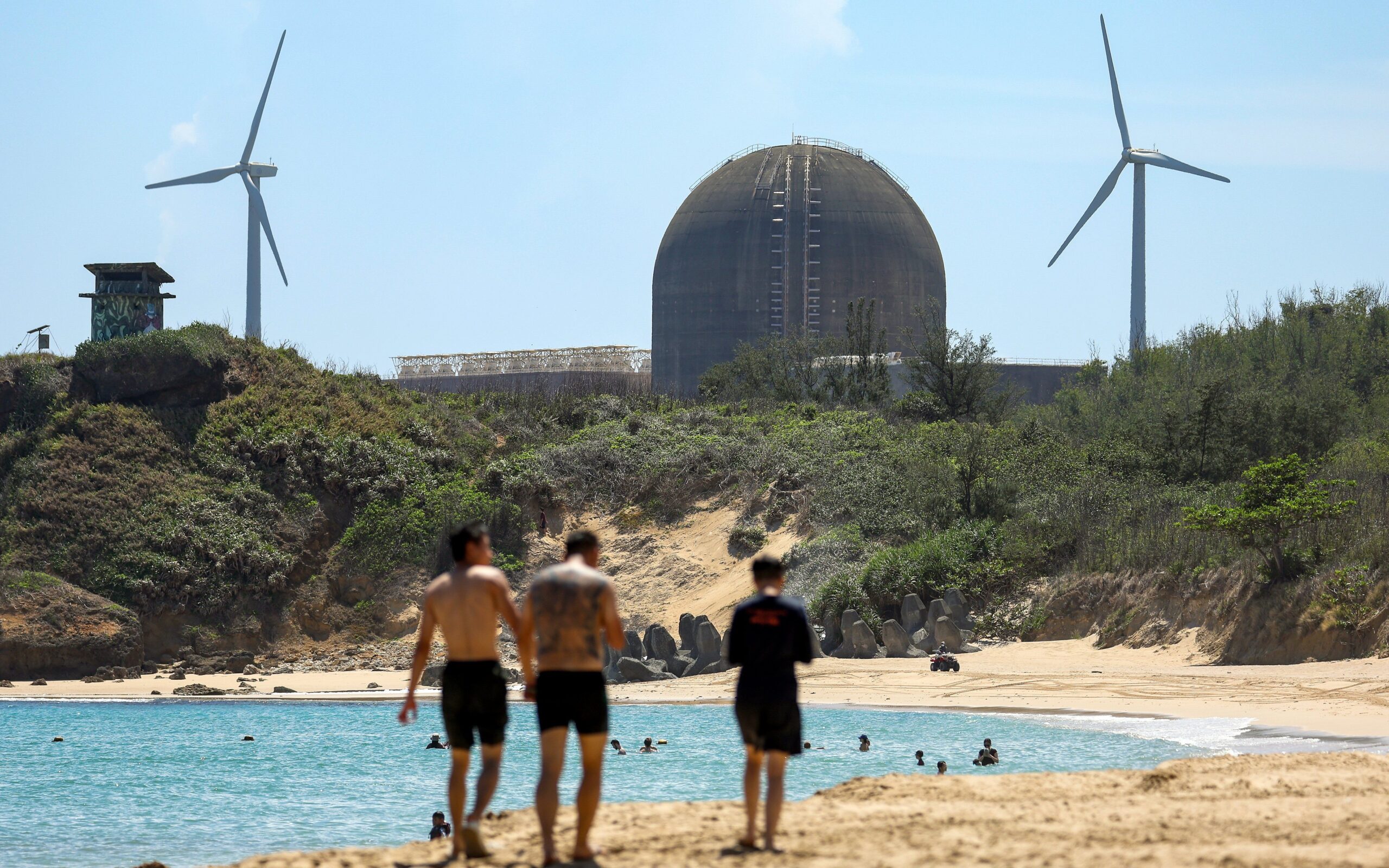Most of us have heard the adage “an ounce of prevention is worth a pound of cure.” But when it comes to personal health, many people overlook preventative measures such as diet and exercise. Instead, they tend to rely on medical professionals to save the day after they’ve gotten sick.
Ximena Montserrat Ramirez Aguilar is working to change that by educating her fellow Mexicans about how to manage their health so they can avoid undergoing treatment for preventable conditions such as Type 2 diabetes and its associated conditions affecting the eyes, cardiovascular system, brain, heart, kidneys, and other organs.
Ximena Montserrat Ramirez Aguilar
MEMBER GRADE:
Student member
UNIVERSITY:
Universidad Autónoma de Nuevo León, in Monterrey, Mexico
MAJOR:
Biomedical engineering
Ramirez envisions her career as advancing health through disease prevention, but she acknowledges that, as an undergraduate, she is still discovering how to turn her vision into reality. A senior studying biomedical engineering at the Universidad Autónoma de Nuevo León (UANL), in Monterrey, Mexico, she is the founding chair of her school’s IEEE Engineering in Medicine and Biology Society (EMBS) student branch. The student member’s research interests in neuroengineering and artificial intelligence are shaping her vision for the future of health care.
“I’ve always been passionate about technology and health,” she says. “Biomedical engineering is giving me a way to combine these two worlds and work on solutions that make a real difference in people’s lives.”
Her growing influence in IEEE coupled with her academic achievements signal a promising, influential career.
From chemistry to caring
Ramirez was born in Zacatecas, Mexico, known for its silver mines, agriculture, and strong cultural pride. From a young age, she loved science—particularly chemistry—and thrived in schools designated for advanced learners.
Her first exposure to the health care field came during high school, when she trained as a nursing technician. Her high school curriculum was organized as a co-op program, which included traditional classes alternating with internships in nursing. Ramirez interned at the Hospital Universitario Dr. Jose Eleuterio Gonzalez in Monterrey, Mexico.
Alternating between the academic and vocational tracks allowed her to graduate with a diploma and a technical degree at the same time. Speaking of her early experiences, she says, “I saw how many patients struggled, not just with their conditions but also with the logistics of seeking and coordinating treatment,” she says. “That made me want to work at the intersection of medicine and innovation.”
With her father working as a materials engineer and her mother as an accountant, she grew up in a household where technical problem-solving and analytical thinking were part of daily life.
That blend of influences reinforced her decision to pursue engineering as a career rather than the medical field, she says.
Exploring neuroengineering and AI
Since beginning her studies at UANL in 2021, Ramirez has focused on neuroengineering, one of three specializations the school offers. She has explored the role artificial intelligence plays in diagnosing and treating conditions including Alzheimer’s disease, depression, epilepsy, and schizophrenia.
Through the IEEE mentoring program, she received guidance from global experts including a doctor from India who helped refine her early AI projects.
Her work quickly evolved from class assignments to projects with real-world potential.
“The project I’m most excited about has not been published, but it mainly consisted of using convolutional neural networks in medical image processing (MRI) and machine learning in the diagnosis of neurodegenerative diseases,” she says.
This year she broadened her scope by attending the IEEE International Conference on Robotics and Automation in Atlanta, where she gained exposure to both industrial and academic applications of robotics.
“In Mexico, people usually don’t think about their health until they’re already sick. I want to focus on using technology and education to keep people healthy.”
Currently she is an intern at Auna, a health care network in Latin America. She contributes to improving the patient experience in hospitals across Mexico, Colombia, and Peru.
“I design projects aimed at improving the quality of care and making the hospital intervention more effective for patients across different stages: prevention/wellness, diagnosis, hospitalization, rehabilitation, and post-discharge follow-up,” She declined to provide specific examples, citing medical confidentiality agreements.
“My internship is about finding ways to make health care not just effective but also more humane,” she says. “It’s about improving processes so patients feel cared for—from the moment they enter the hospital until they leave.”
Finding leadership and purpose in IEEE
Ramirez founded the IEEE EMBS student branch in 2023. As chair, she represents the branch at IEEE Region 9 meetings, where she advocates for mentorship opportunities and collaboration with other IEEE groups.
Through her involvement, she says, she has gained not only technical knowledge but also critical soft skills in leadership, time management, and teamwork.
“IEEE taught me how to lead with empathy and how to work with people from different backgrounds,” she says. “It has expanded my vision beyond Mexico, showing me challenges and innovations happening all over the world.”
She says she plans to pursue a master’s degree abroad—potentially in public health or AI for medical devices—and ultimately a Ph.D. Her long-term goal is to launch a business focused on developing health care innovations, specifically in disease prevention.
A future built on innovation
For Ramirez, improving health care means more than developing cutting-edge technology. It also involves rethinking how people understand and manage their own health.
“In Mexico, people usually don’t think about their health until they’re already sick,” she says. “I want to focus on using technology and education to keep people healthy.”
Her vision is as ambitious as it is personal, rooted in her own journey from Zacatecas to Monterrey and beyond.
As her career advances, she says, she intends to keep IEEE at the center of her professional life.
“In IEEE I’ve found a community that challenges me to grow, supports me when I fail, and celebrates when I succeed,” she says. “It’s not just about engineering; it’s about building a better future, together.”
🛸 Recommended Intelligence Resource
As UAP researchers and tech enthusiasts, we’re always seeking tools and resources to enhance our investigations and stay ahead of emerging technologies. Check out this resource that fellow researchers have found valuable.
→ contabo






